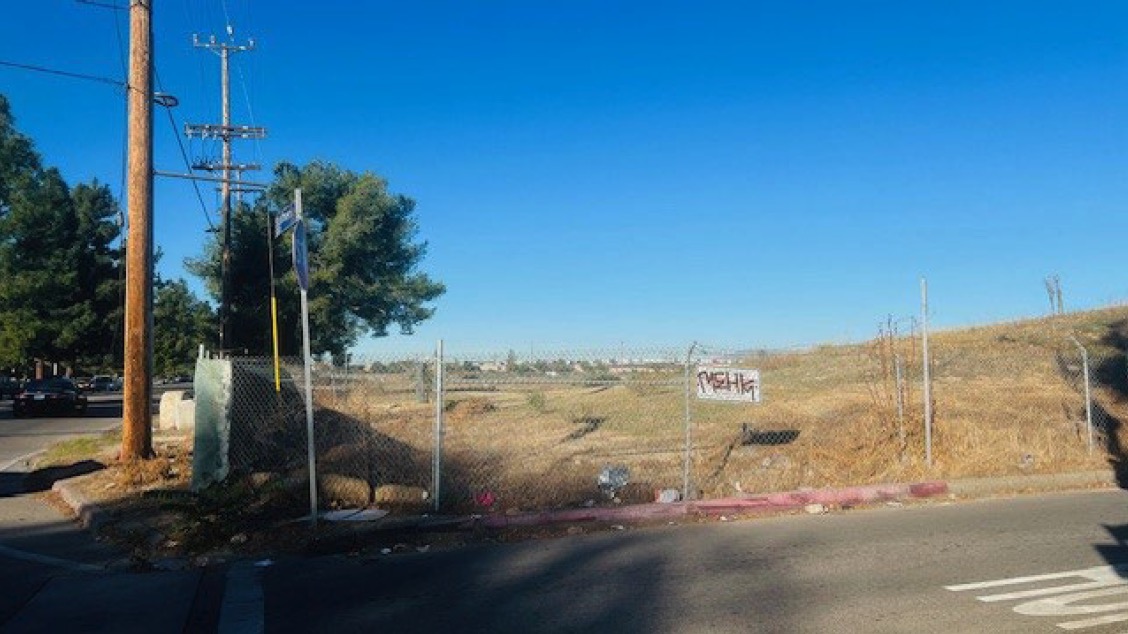Comments
GUEST COMMENTARY - In the heart of Sun Valley, a community in Los Angeles County, lies a piece of land with the potential to be a sanctuary—a green oasis amid concrete and asphalt. This land, known as the Rory Shaw Wetlands Park, was envisioned to be a transformative project, a symbol of progress and environmental stewardship. However, as time passed, Rory Shaw became not a symbol of hope, but rather a reminder of systemic failures and environmental injustice.
The journey of Rory Shaw Wetlands Park began with lofty aspirations. Conceived as a multi-purpose wetlands park, the project aimed to mitigate flooding, treat stormwater, recharge groundwater, and provide much-needed recreational space for the underserved community of Sun Valley. It was a collaborative effort between the Los Angeles County Flood Control District, the City of Los Angeles, and the Sun Valley Watershed Stakeholders Group, backed by promises of funding and support.
However, reality has painted a starkly different picture. Today, Rory Shaw sits as little more than a dirt pit, surrounded by construction debris and a gravel crushing recycling facility. Instead of providing relief from the scorching heat and pollution that plague the community, it has become a source of frustration and disappointment.

Rory Shaw on the left, a recycling operation on the right.

Debris & gravel crushing next to Rory Shaw.
One of the primary reasons for Rory Shaw's stalled progress is a lack of funding. Despite being approved over two decades ago, the project has faced numerous setbacks, with delays attributed to financial constraints and bureaucratic finger-pointing. As a result, Sun Valley residents continue to endure sweltering summers without the promised respite of green space and shade.

Rory Shaw today with no sidewalk for safe walking to and from the park.
The consequences of this delay extend far beyond mere inconvenience. Sun Valley, like many low-income communities of color, is disproportionately affected by environmental hazards and lacks essential resources such as tree canopy and cooling infrastructure. The absence of projects like Rory Shaw only exacerbates these disparities, leaving residents vulnerable to the adverse effects of extreme heat and pollution.

Flood at Tujunga and Strathern, 2024
Moreover, the plight of Rory Shaw underscores broader issues of environmental injustice and inequity. Despite its potential to uplift the community and improve quality of life, the project remains mired in bureaucratic red tape and neglect. As a result, Sun Valley continues to bear the burden of decades of disinvestment and discriminatory policies.
In summary, the story of Rory Shaw Wetlands Park is not just about a failed project—it is a reflection of systemic failures and entrenched inequalities. Until meaningful action is taken to address these issues, projects like Rory Shaw will remain nothing more than unfulfilled promises, leaving communities like Sun Valley to suffer the consequences.
(Mariam Moore is a resident of Sun Valley and lives next door to Rory Shaw Wetlands Park and is a Board Member at Sun Valley Area Neighborhood Council, and the Chair of SVANC Environmental Ad Hoc Committee.)







